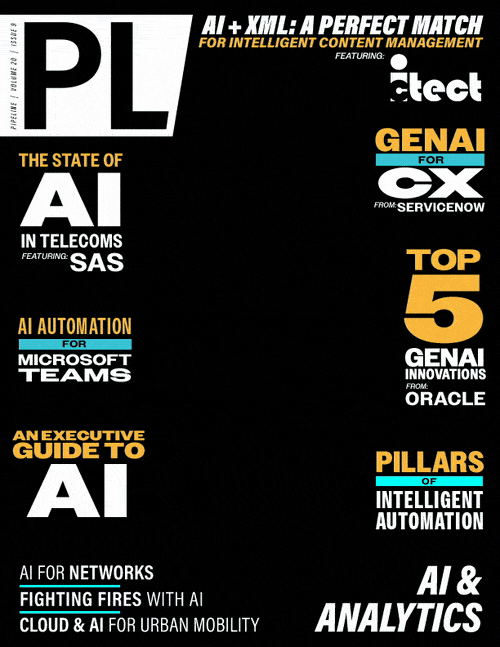Reimagining How Cities Can Leverage Cloud
AI Platforms For Urban Mobility Solutions
By: Timothy Menard

When it comes to designing transit and transportation solutions that reduce traffic congestion and improve on-time arrival rates, we seem to have a problem. It seems we are focused on all the wrong things. It’s not all about building a better vehicle, or the technology that is used inside the vehicle. And it’s definitely not about building bigger or more roads and bridges.
It’s about re-engineering the way in which cities move people around. This is important because personal vehicles, mass transit, ride-sharing vehicles, commercial vehicles, emergency first responders, and pedestrians are all trying to get from point A to point B in the most efficient manner.
Traffic Solutions go Beyond Bigger Roads
Better in-vehicle technology, faster cars, autonomous cars, and more roads will not solve our problem individually. The solution is bigger than each of these, and it must have the ability to singularly connect, monitor, and orchestrate everyone’s movements in a holistic, technology-agnostic manner.
One look at New York tells us we’re learning this right now. The Governor recently ditched the city’s planned congestion pricing launch, where drivers entering Manhattan would have faced an additional $15 surcharge to use local roads. This was going to be unfair to local residents and businesses, who would have been taxed over and over for roads they helped to initially pay for.
As cities worldwide grapple with ever-worsening traffic congestion, congestion pricing has become a preferred solution among urban planners and policymakers. While the benefits of congestion pricing are frequently touted, its adverse effects on local communities and the potential to exacerbate inequities in the transportation system are often overlooked. Advanced technology is proving there is a much better way to solve today’s modern traffic issues, even in some of the most heavily populated cities.
Advanced Transportation Systems Being Implemented
Intelligent transportation systems (ITS) and connected vehicles are the future of reshaping this infrastructure. ITS systems are the application of sensing, analysis, and communications technologies to ground transportation to improve safety, mobility, and efficiency. While this technology shows great promise, the systems are only as good as the platforms on which they run.
To fully realize the promise of ITS and connected vehicles, transit agencies are now revisiting Transit Signal Priority (TSP) systems in the hopes of restoring route reliability and on-time performance. Over the last few decades, TSP systems haven’t evolved much from being a transmitter on buses that send messages to receivers installed on traffic signals. The hardware cost for both signals and buses is quite high and annual maintenance is necessary to guarantee operation. Furthermore, it’s hard to determine whether the system is working because the equipment generally doesn’t produce event logs. When making such a large capital investment, it is very important to know whether the system is working so further expansion can be appropriately determined.
In today’s age of highly reliable large-scale communications access, there exists the opportunity to eliminate the hardware cost of TSP solutions while maximizing the investment on current solutions. Many of today’s signal controller firmware vendors have software functionality to facilitate the function of placing virtual priority calls. The information needed to place these virtual calls can be found at the transit agency.
To better manage fleets, agencies typically have implemented tracking devices on each of their vehicles to report to their computer-aided dispatch and automatic vehicle location (CAD/AVL) software. With vehicle locations known in near real-time, cloud-based software and networking driven by AI and machine learning is now being used to bridge the gap between transit vehicles and city signals to facilitate transit priority in a more reliable, sustainable and intelligent way.
The journey begins with a traveler's intent to get from point A to point B using the mode(s) that satisfy their needs for cost and convenience. An app from a service provider or a Mobility as a Service (MaaS) app for a multi-modal trip could be used to make the booking. A mobility service provider, such as a bus system, ride-hailing service, robotaxi, or other public or private provider, enables the journey.



















